Has stagnation in public transport ended in London?
Among various issues that have led to severe financial pressures at TfL in recent times has been a stagnation in passenger numbers over the past year or two.
This was never in the script, and combined with a fare freeze and central government cut has led to bus cuts across London.
However, data from the first third of this year show that some growth has returned – but only on the tube. Bus numbers continue to fall.
If we look at just the latest month, bus use dropped from 181.5 million in the equivalent month last year to 178.5 million this year, yet for the tube it increased from 109m to 109.9m.
TfL may take some small comfort that this was the busiest 4th month of the financial year on record. OK, probably not.
Over the first four months of the financial year, bus use dropped from 712.2m to 698.8m.
Tube use has increased a modest amount: 421.3m last year to 424.5m.
DLR
The DLR carries far less passengers than either bus or tube and is at exactly the same level as last year – both for the month at 9.6m and 37.9m for the first four months of the year.
London Overground
Over the first four months of the year a slight drop is evident – down from 58.9 millions to 58.2m. TfL will hope that doubling train lengths on the GOBLIN line will help yet it is running months behind schedule due first to Network Rail issues with electrification and then train problems.
TfL Rail
This is the precursor to the Elizabeth Line running from Liverpool Street to Shenfield.
Though relatively few passengers are carried on the route, TfL will be happy with growth from 13.9m in the first four months of the year to 15.8m this year.
Overall
Bus use is clearly still in decline and a major worry for TfL. Cutting frequencies and routes will do little to alleviate that.
Numbers over the first four months of the year are not just below last year but just about any year since 2010.
Tube and DLR numbers are stagnant on last year and the year before, but compared to five years still show growth. Around 10% for the tube and 30% for the DLR.
Crossrail
Crossrail has of course been delayed which was to assist with growth – some by appealing to current tube users which would then free up space for new customers currently put off by overcrowding, as well as attracting new customers outright.
That’s now out of the picture for a year. Will the tube continue to eek out small gains, with the DLR doing likewise with new builds along many routes?
And can much be done to alleviate bus falls? I’ll keep an eye out and cover it in coming months.
To help me bring you news (I do this myself) please consider helping by donating at my donate pages – either Patreon or Ko-Fi
————————————————————
There is now a From The Murky Depths Facebook page. Click here to follow and see stories on your Facebook feed.
Running a site alone takes time and a fair bit of money. Adverts are far from enough to cover it and my living costs as a private renter.
You can support me including via Paypal here Another option is via Patreon by clicking here You can also buy me a beer/coffee at Ko-fi here There's also a Facebook page for the site here Many thanks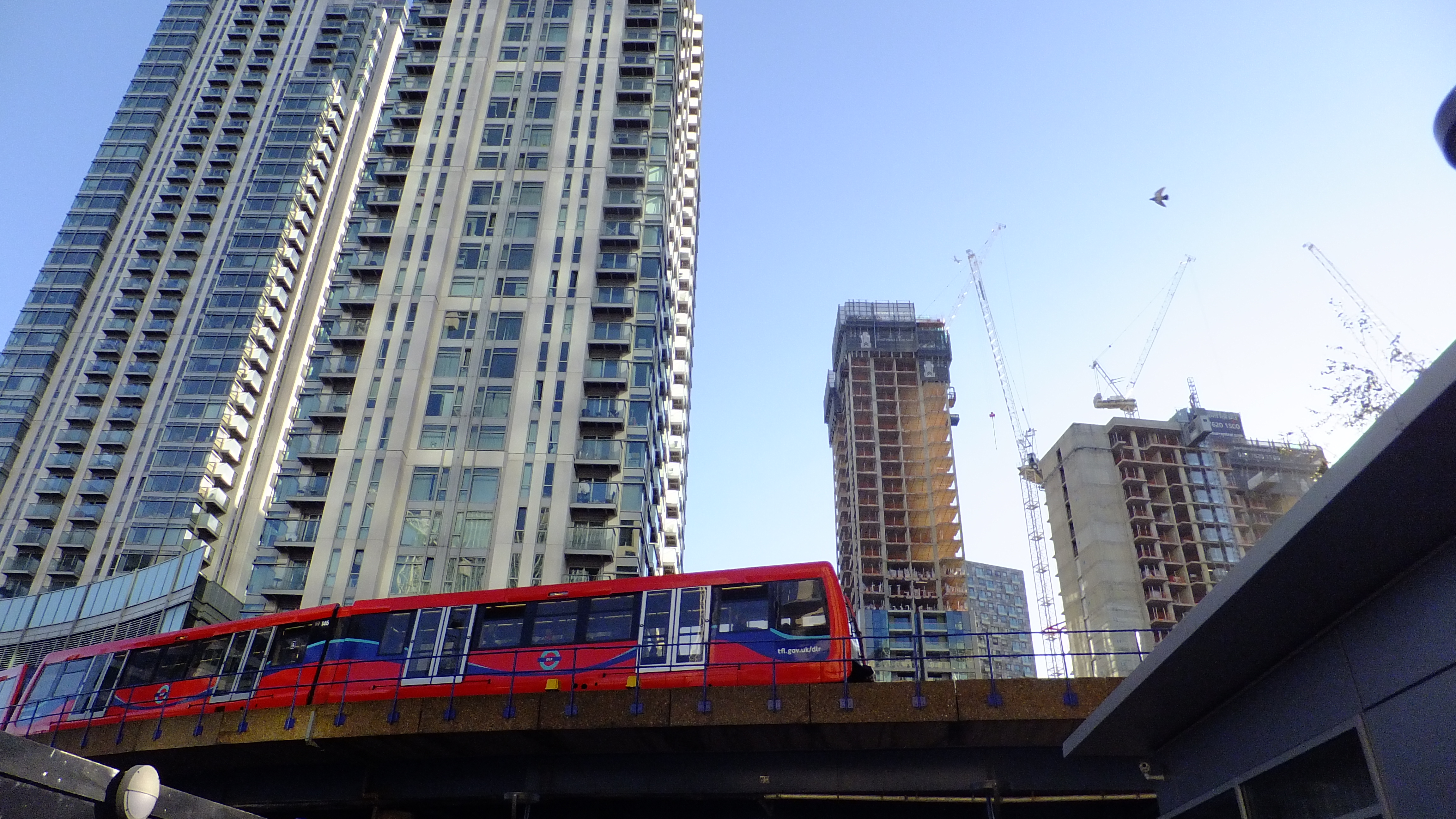
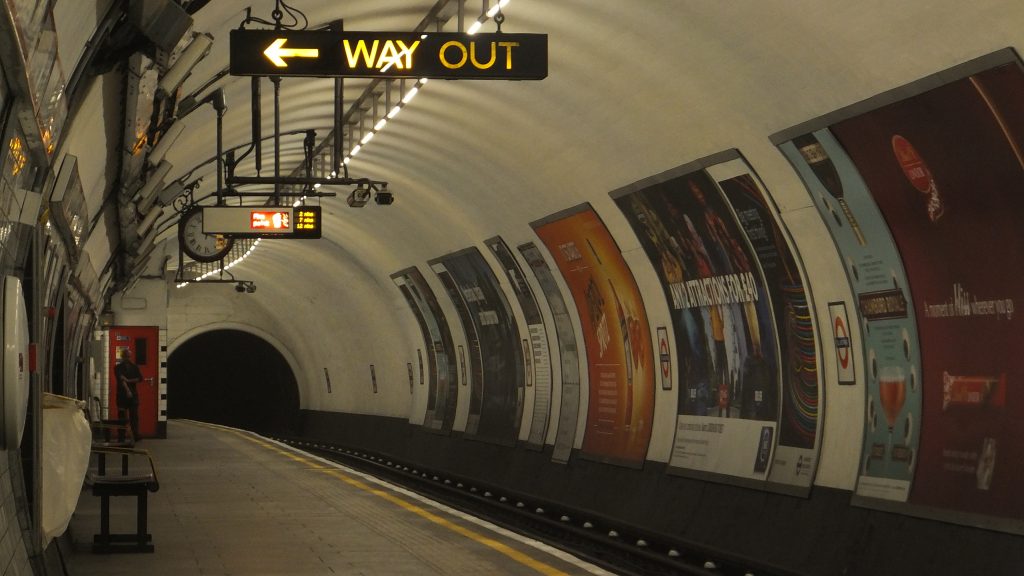
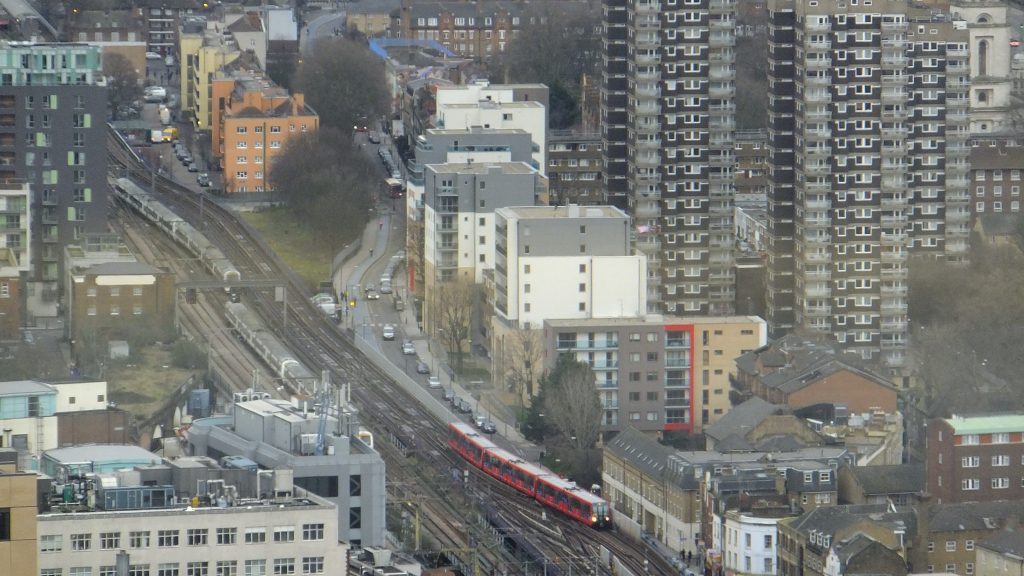

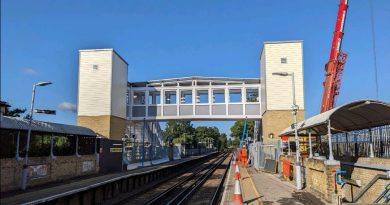
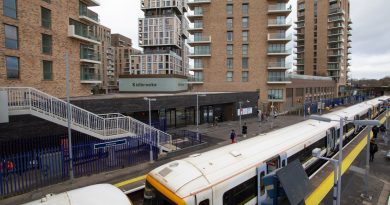
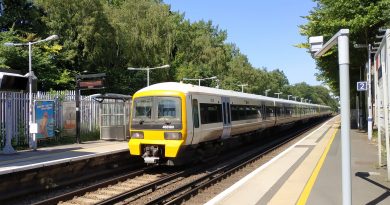
With the lack of gates, things might be difficult to fully account for though.
I have a travelcard and sometimes take DLR, sometimes train from Greenwich. Often I can’t be bothered to touch in. In this case the journey will only show up as an exit only through the tube network (in case of the train, I change at Farringdon), or as a single tube journey from Canary wharf.
Sometimes I touch in just for the sake of the poor statisticians at TFL to make sense out of it.
Do you know how are the hopper fares recorded? Are several journeys at one hopper price counted as one paid journey or several actual bus journeys? (I have just submitted an FoI request to TfL to ask this.) If the former, this would explain part of the drop in bus journeys. If the later, latest figures from TfL show that around 350,000 journeys are being made every weekday using the ‘Hopper’ fare*, meaning a further loss of revenue for TfL of about £7m per month.
Some of the rest of the drop in number of journeys recorded will be from the fact that period 1 from 2018-19 is only 28 days compared to 29 days in the same period in 2017-18 (and 30 days in the same period in 2016-17).
*From https://www.london.gov.uk/press-releases/mayoral/mayor-hails-launch-of-unlimited-hopper-fare
In central London and where bus routes run parallel with the London Underground there may be a decline in bus usage as the nearest tube station is a only few minutes walk away. However, In outer London Boroughs Including Bexley Bromley Greenwich and Lewisham where there is no underground network or very limited access to the underground network at North Greenwich, New Cross or Canada Water, . The bus remains the main form of public transport and passengers remain at the same levels.